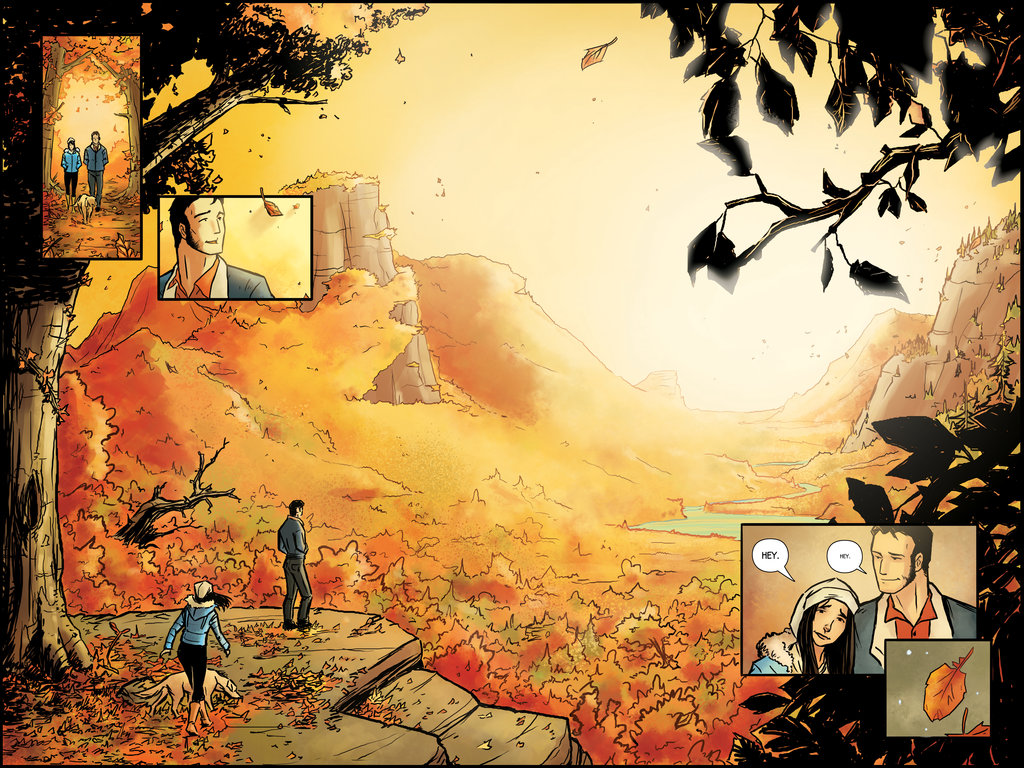
Even the choice of binding lends an air of the unusual to this unusual tale. The black construction paper cover with the single, centered harpy icon is stark and hints at the quirky and dark illustrations inside.
Bad sequential art examples series#
The mini-comic features an alphabetical collection of boogeymen and monsters with a series of cautionary rhymes telling boys and girls how best to behave. Actually, it's very traditional binding specifically Japanese stab binding. Shawn Cheng's mini-comic Bogies: Life Lessons & Stern Warnings is an example of how non-traditional binding brings an exotic flair to his creation. In fact, inspiration was everywhere that weekend. Anyone with an appreciation for aesthetics who wants to try their hand at storytelling can make art out of their mini-comics. These are the creators who grew up on comics of a different bent, and when combined with their natural artistic tendancies, the mini-comics they tended to produce became something more than sequential art. One theme that repeated itself was that of traditional art students turning their hands to sequential art. No longer were there clear favorites everyone had something to offer. Several people commented, with a mix of humor and wistfulness, that the quality had risen to the point where it was hard to compete against each other now. Executive Director Steve Conley commented that it was great to see the general level rise across the board, demonstrating that even more talent and more expression was making their way to the con floor. And the big trend this year seemed to be the sharp rise in mini-comics as objects d'art, with experimentation, fun, and imagination being the name of the game.Ī comment that was oft repeated at this year's show was that the general quality of mini-comics was on the rise. At this year's Small Press Expo 2004, mini-comics creators showed up to hawk, trade, and talk about their works. A short ten years later, mini-comics has come into its own. Relegated to the back-bin of forward thinking comic retailers and non-existant everywhere else, these underground creations were sometimes good, sometimes bad, but always an indication that something was going on under the radar.

It wasn't so long ago that mini-comics were considered the bastard step-child of sequential art.

Mini-Comics as Objects d'Art by Lee Atchison Mini-Comics as Objects d'Art (vol VII/iss 11/November 2004)


 0 kommentar(er)
0 kommentar(er)
